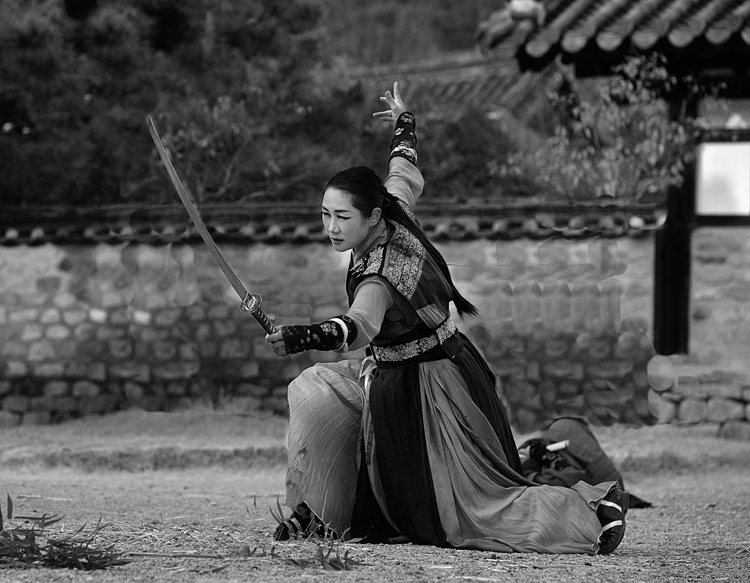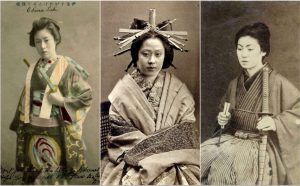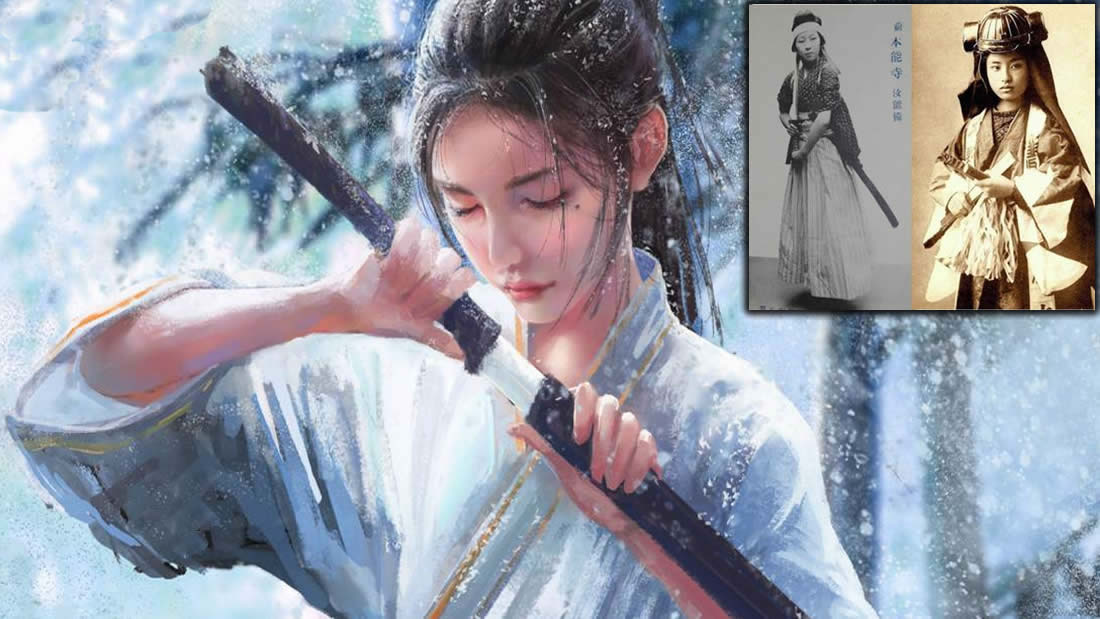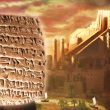Asian culture is deeply admired and respected by people all over the world. The stories about ninja warriors and samurai belonging to the Japanese warrior culture cause a lot of fascination. Nevertheless, few people know that among this elite of specially trained soldiers, there were also several women.
The samurai women or onna-bugeisha
Samurai women, were also known as onna-bugeisha or ‘warrior women’. They were part of Japanese history since 12th century. Nevertheless, some historians have chosen to overlook, omit or underestimate the heroic quests of these women.
According to the prestigious English researcher Stephen Turnbull, the literal translation of the term onna-bugeisha is: «The feminine warriors whose exploits are the most important story ever told of the samurai legacy».

Since the beginning in 200 AD., we already find clear references to women warriors that played a leading role in the frequent political conflicts of the place. This is the case of Empress Jingû, who led an invasion of Korea in the early 3rd century.
Many historians tried to cast doubt on the conquests and military prowess of the Empress Jingu in the invasion of present-day Korea. This was the time when the onna-bugeisha were mentioned for the first time and when their legend also began to be built. Jingu was a fearless samurai warrior who defied the social norms of her time.
On the other hand, the record of most of the onna-bugeisha occurs in the period between 1180 and 1185 during the Genpei Wars. Similarly, samurai women appear again in the Sengoku period (1467-1568). Both periods were marked by bitter civil wars between rival clans demanding territorial dominance.
Weapons and training of samurai women

The onna-bugeisha received training very similar to that of their male counterparts, making them lethal warriors on and off the battlefield. However, they were taught to skillfully use very particular weapons to compensate for their physical strength and to take advantage of the advantages of the female gender.
The main weapon of the female samurai was the naginata, a kind of Japanese spear with a curved blade. It was perfect for defensive battle tactics. This was a position often occupied by female warriors to prevent an invasion during the fight. In addition, thanks to its long handle, they were able to damage the enemy without leaving their place.
Similarly, samurai women became experts with the bow and arrow. They also learned to use throwing weapons such as kunai, a kind of dagger, and shuriken or four-pointed stars. In this sense, we cannot ignore the fact that at that time women were also trained to become ninjas.
Tomoe Gozen
Tomoe Gozen was a female samurai or onna-bugeisha whose feats are narrated in the epic poem titled Heike Monogatari. The poem was written in the 13th century, but recounts events that occurred a century earlier. Tomoe Gozen is described as a fierce samurai during the war between the Genji and Heike clans.
Truth be told, there is no way to prove whether Tomoe Gozen existed or not, but her story in poem form is proof that samurai women did exist. It is said about her that she incredibly wielded the bow and the naginata, and that she had a leading role in the taking of Kyoto.

Nakano Takeko
One of the last recorded female samurai warriors is Nakano Takeko, whose biography is placed in the middle of the 19th century, between 1847 and 1868. At that time the Bolshin War was fought, a civil conflict between the Tokugawa Shogunate and a group of opposing clans that supported the emperor.
Nakano Takeko led a group of onna-bugeisha called Joshitai in the battle of Aizu. In the battle, the warrior was mortally wounded and, to avoid being taken prisoner, she performed seppuku, a ritual in which her faithful attendant decapitated her. At the end of the conflict, Nakano was buried in the Hokaiji temple in Fukushima, and until today a festival is celebrated in her memory.
Recently, DNA analysis of 105 bodies recovered from the Battle of Senbon Matsubaru in 1580 revealed that 35 were women. This archaeological discovery and others show that the participation of samurai women in Japan’s wars was not an exception. This shows that onna-bugeisha have been excluded from the history books for centuries and practically up to the present day.
Although the onna-bugeisha are not as well-known as the samurai men, they played a leading role in the history of Japan. Their fierce fighting spirit still inspires feminine will today.







